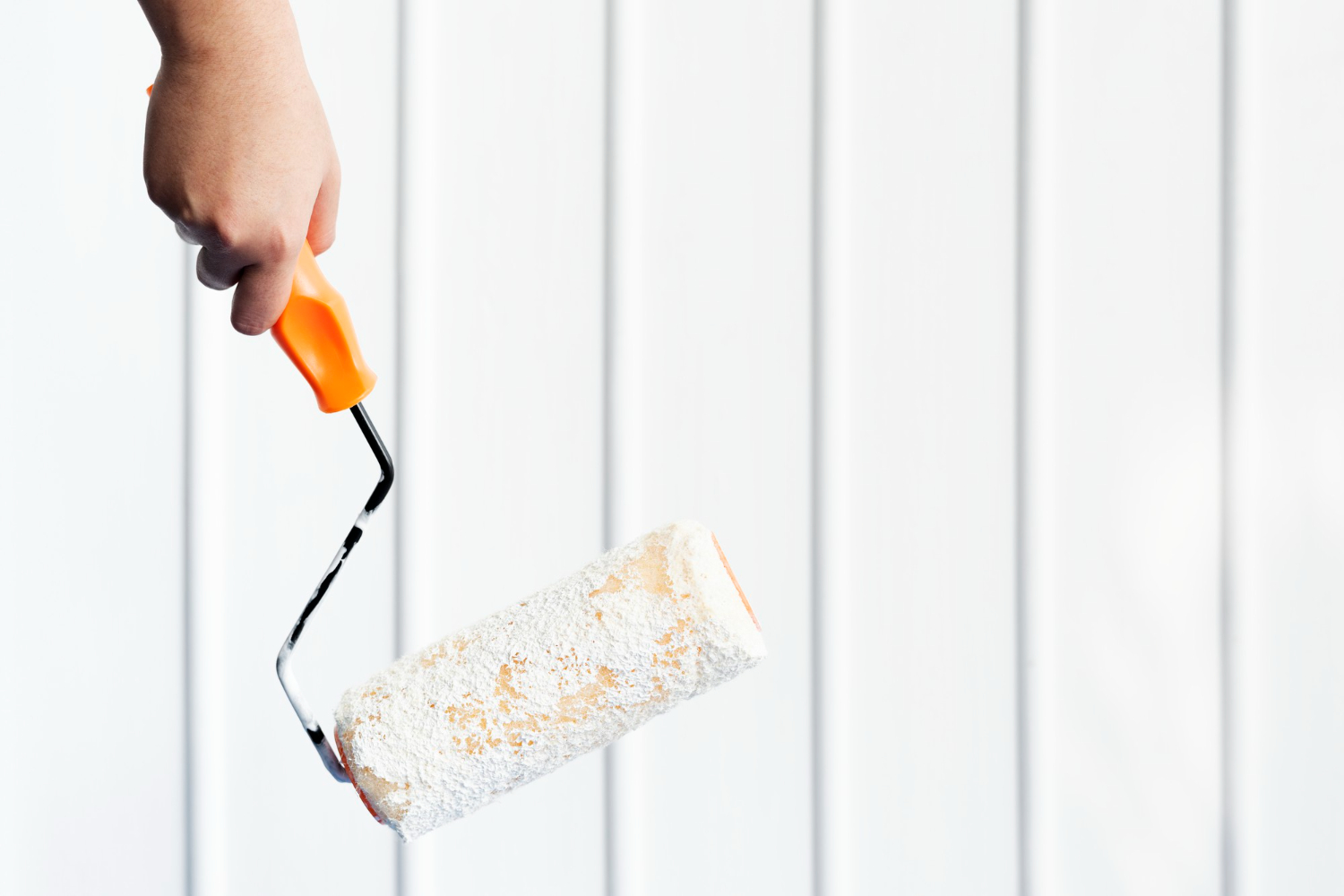Painting your ceiling might seem challenging, but it can truly transform a room, making it look fresh and new. With the right approach, you can tackle this task with confidence and get professional-looking results without breaking a sweat. Whether you’re updating a single room or giving your entire home a facelift, knowing the tricks for painting ceilings can save you time and effort.
Preparation is the key to success when it comes to painting ceilings. Making sure your room is ready and having the right tools on hand can make the process smoother. It’s important to choose the right paint and equipment to avoid common pitfalls like drips and uneven finishes.
Once you’re prepared, painting your ceiling can be a straightforward and rewarding project. With some patience and attention to detail, you can achieve a stunning look that enhances your entire living space. So, let’s dive into the steps that will help you paint your home’s ceilings like a pro.
Preparing the Room and Ceiling
Before you begin painting, it’s important to set up your workspace properly. Start by clearing the room of any furniture or valuables. If moving furniture isn’t feasible, cover it with plastic sheets or drop cloths. This ensures it stays clean and protected from paint splatters. Don’t forget to cover the floors as well; painter’s drop cloths or even old newspapers can work well for this.
Once the room is ready, turn your attention to the ceiling itself. It’s crucial to start with a clean surface. Dust and cobwebs can ruin even the best paint job. Use a broom or vacuum with a soft brush attachment to remove any debris. If there are any stains, grease, or smoke marks, clean them with a mild soap solution or a special cleaner designed for such stains.
Next, inspect the ceiling for cracks or holes. Fill these imperfections with spackle and, once dry, sand them smooth. This creates an even surface for painting. This step is key to achieve a professional-looking result.
Gather your tools for preparation: painter’s tape to protect edges, cleaning solutions for stains, and sandpaper for smoothing repaired areas. With the room prepped and the ceiling ready, you’re set to move to the next phase of your painting project.
Choosing the Right Paint and Tools
Selecting the appropriate paint and tools is just as important as prepping your space. When choosing ceiling paint, consider factors like type and finish. Flat or matte finishes are often best for ceilings as they mask imperfections and provide a smooth, uniform look. Opt for a paint specifically labeled for ceilings, as these tend to drip less and give better coverage.
As for color, most people stick to classic white or a light neutral because it reflects light well, making the room appear larger and brighter. However, feel free to explore other shades that complement your room’s décor for a unique effect.
Equipping yourself with the right tools will make your job easier. Invest in high-quality brushes and rollers. A brush is useful for cutting in edges, while a roller is essential for covering larger areas efficiently. A roller with a thick nap will work well on textured ceilings, whereas a shorter nap is ideal for smooth ceilings.
Additionally, consider using an extension pole. This handy accessory makes reaching high ceilings without a ladder much easier and safer. Also, don’t forget your paint trays and liners to hold and distribute the paint evenly on your roller. With the right paint and tools in hand, you’re well on your way to a successful ceiling painting project.
Step-by-Step Painting Process
Once your room is prepared and you have the right paint and tools, it’s time to start painting. Begin with cutting in, which means painting the edges of the ceiling that meet the walls. Use a quality angle brush for this part of the job. Dip the brush in paint, but don’t overload it to prevent drips. Carefully paint a border about two to three inches wide around the ceiling’s perimeter. This step is crucial as it sets a clean, defined edge.
Next, switch to your roller for broader coverage. Pour the ceiling paint into a tray and saturate your roller. Roll it in the tray to distribute the paint evenly and remove any excess. Start painting in sections, using the “W” or zigzag pattern. This technique helps to spread the paint evenly and reduces the likelihood of roller marks. Overlap your strokes slightly to blend the sections seamlessly.
Maintain an even pressure on the roller to avoid streaks. It’s also best to work quickly to keep a wet edge; this improves blending and avoids lap lines. If you’re dealing with a textured ceiling, use a thicker roller to cover all surfaces.
Let the first coat dry completely before deciding if another coat is necessary. This ensures an even application and helps you assess areas that might need a touch-up. With patience and attention to detail, you’ll achieve a beautifully painted ceiling.
Tips for Finishing Up
After painting, proper finishing up is important to ensure a clean, polished look. Begin by removing the painter’s tape before the paint fully dries to prevent any peeling or chipping. This helps to maintain clean edges.
Inspect the ceiling under good lighting to spot any drips or uneven coverage. If you notice imperfections, lightly sand the area once it’s dry and apply a light touch-up coat. This attention to detail makes a big difference in the finished appearance.
When cleaning up, avoid common mistakes like rinsing brushes and rollers with water running too fast, which wastes paint and water. Instead, use a brush comb to help remove excess paint before washing. Store them properly by allowing them to dry thoroughly and placing them upright or gently wrapped to maintain their shape.
Lastly, save any leftover paint for future touch-ups. Tightly seal the paint can and store it in a cool, dry place. Having some extra on hand ensures you can easily fix any minor blemishes that may occur over time.
Conclusion
Painting your home’s ceilings can seem like a daunting task, but with the right preparation, tools, and techniques, it becomes a manageable and satisfying project. From careful room preparation to selecting the perfect paint and tools, each step contributes to achieving a professional finish. Remember to take your time, follow the steps diligently, and embrace the transformation of your space.
Ready to give your home’s ceilings a fresh look? Let Alan’s House Painting handle the job with expertise and care. Reach out to our interior house painters today for a professional touch that will make your ceilings shine and refresh your whole room’s appeal.





